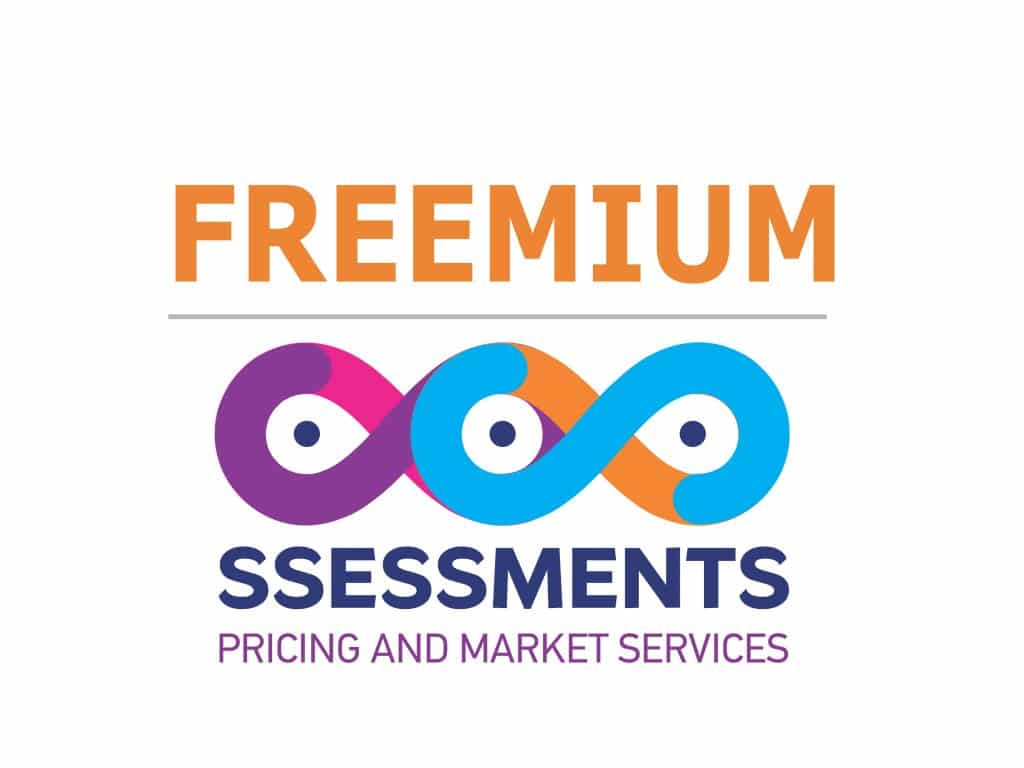According to South Korea’s Ministry of Trade, Industry and Energy article published on October 4, 2022, the Ministry of Trade, Industry and Energy announced on October 1 that Korea’s exports in September increased 2.8 percent to USD 57.5 billion, a historic high for the month of September.
Korea’s exports have risen for 23 consecutive months since November 2020 amid the Russia-Ukraine war and sluggish global economy. The growth, albeit having receded to single-digit growth since June, is meaningful as it was achieved despite the high base effect of last year’s record-breaking September exports.
Imports jumped 18.6 percent to $61.2 billion, and the trade balance stood at a deficit of $3.8 billion. Imports of three major energy sources (crude oil, gas, coal) leaped due to high prices and efforts to secure winter season fuel.
A breakdown of exports shows that Korea’s five major export items increased, four of them posting double-digit growth.
Chip exports (down 5.7 percent to $11.5 billion) surpassed the $10 billion mark for the 17th consecutive month, but a high base effect and consumers’ weaker purchasing power dampened exports.
Exports of petroleum products spiked 52.7 percent to $5.5 billion. Oil prices reached $90.95 per barrel, driving up the export value for petroleum products.
Thanks to heightened competitiveness and base effect from previous year’s automobile semiconductor supply crisis, automobile exports (up 34.7 percent to $4.8 billion) entered $4 billion thresholds for three consecutive months as domestic eco-friendly models and SUVs saw high demand despite inflation and bleak consumer sentiment.
Wireless communication devices exports (down 7.0 percent) performed fairly well for new releases and premium finished products, but dropped in China and the ASEAN region.
Petroleum products (up 52.7 percent to $5.5 billion) enjoyed a double-digit growth pace for 19 consecutive months as aircraft fuel demand soared from travel rebound, setting a new high for September exports.
Secondary batteries (up 30.4 percent to 940 million) is seeing steady demand for downstream industries within the EU in spite of lower subsidies and tax cuts for EV purchases.
Although ship orders decreased in 2022 due to COVID-19, demand for high value-added LNG carriers, container ships and tankers enlarged vessel exports by 15.5 percent to $1.2 billion.
Exports of car parts (up 8.7 percent to $2.0 billion) enjoyed robust demand for localized finished car models in ASEAN and emerging markets.
General machinery (down 1.5 percent to $4.0 billion), bio-health (down 4.5 percent to $1.3 billion), textiles (down 5.3 percent to $970 million), steel (down 21.1 percent to $2.7 billion), petrochemicals (down 15.1 percent to $4.1 billion) and displays (down 19.9 percent to $1.7 billion) dropped in exports.
By region, shipments to the U.S. (up 16.0 percent to $9.3 billion), ASEAN (up 7.6 percent to $10.3 billion), India (up 8.5 percent to $1.6 billion), GCC (up 9.1 percent to $1.4 billion) and Japan (up 2.5 percent to $2.6 billion) expanded, while those to China (down 6.5 percent to $13.4 billion), EU (down 0.7 percent to $5.4 billion), Latin America (down 0.2 percent to $2.0 billion) and CIS (down 29.9 percent to $970 million) fell.
Trade deficits are occurring in a similar fashion across major countries that have compatible energy imports dependence with Korea’s, including Japan, France, Italy and Germany.
Minister Lee Chang-yang stated that efforts will go toward resolving bottlenecks, onsite industry challenges and raising energy efficiency in preparation for the winter season energy supply.
Tags: All Products,AlwaysFree,English,Korea
Published on October 18, 2022 5:34 PM (GMT+8)Last Updated on October 18, 2022 5:35 PM (GMT+8)


